Wild viruses and vaccines interact with the body in fundamentally different ways. Wild viruses are natural entities that the immune system is designed to combat, while vaccines are engineered constructs designed to provoke an immune response.
The mechanisms by which vaccines interact with the immune system and cells, particularly when administered intramuscularly, may give them the potential to produce chronic, widespread, degenerative effects. Below, we explore why wild viruses lack the mechanisms or “intelligence” to cause such effects, while vaccines—particularly when using advanced delivery systems—may create pathways for long-term impacts.
Wild Viruses: Limited Capacity for Chronic Effects
1.1. Viruses Are Naturally Designed for Transient Infections
• Purpose of Viruses:
• Viruses are simple genetic entities that require host cells to replicate. Their “goal” (from an evolutionary perspective) is to propagate, not to remain in the host indefinitely or cause permanent, widespread damage.
• Most wild viruses are eliminated by the immune system within days or weeks, after which the body repairs any damage caused during the infection.
• Immune System Response:
• When a virus infects the body, the immune system mounts a targeted attack. Cytotoxic T cells, antibodies, and other immune mechanisms destroy infected cells, clearing the virus from the body.
• Wild viruses do not have the means to “integrate” permanently into the body’s cells (with rare exceptions like retroviruses, e.g., HIV) unless they are specifically designed or engineered to do so.
1.2. Viruses and Chronic Disease
• Natural Clearance:
• Wild viruses are typically eradicated, and any lingering damage is the result of the immune system’s overreaction, not the virus itself.
• Chronic effects from natural viral infections (e.g., post-viral fatigue) are usually due to secondary inflammation or immune dysregulation and are self-limiting in most cases.
• Lack of Persistence:
• Unlike genetically engineered constructs, wild viruses do not “hide” or integrate into host DNA unless they belong to specific classes of viruses like retroviruses or certain herpesviruses, which can establish latency. Even in these cases, the body generally suppresses viral activity over time.
Vaccines: Unique Mechanisms That Can Enable Chronic Damage
Vaccines, especially those administered intramuscularly, bypass many natural barriers and introduce components directly into the tissue and immune system. This delivery method, combined with their design, can create opportunities for chronic, systemic effects that wild viruses cannot achieve.
2.1. Intramuscular Injection as a Direct Pathway
• Bypassing Natural Defenses:
• Wild viruses enter the body through mucosal surfaces (e.g., respiratory or gastrointestinal tracts), where the immune system has evolved specialized defenses to contain them.
• Vaccines injected intramuscularly bypass these defenses, delivering antigens and adjuvants directly into muscle tissue and, potentially, the bloodstream.
• Adjuvants and Immune Activation:
• Many vaccines include adjuvants like aluminum salts or lipid nanoparticles to enhance the immune response. These adjuvants:
• Prolong antigen presentation, potentially causing chronic inflammation.
• Can travel to lymph nodes and beyond, spreading systemic inflammation.
2.2. Mechanisms That Allow Vaccines to Persist
• Cellular Integration:
• Unlike wild viruses, vaccines using mRNA or DNA technology introduce genetic material that instructs host cells to produce viral proteins. These proteins:
• Are presented on the cell surface, marking the cell as “infected.”
• Can integrate into cellular processes, potentially leading to prolonged immune activation or autoimmunity.
• In some cases, there is concern that vaccine-delivered genetic material may integrate into host DNA, although this remains a theoretical risk for most vaccines.
• Becoming “Part of Self”:
• Wild viruses are recognized as foreign and eliminated. In contrast, vaccine components, particularly mRNA or DNA, direct the body’s cells to produce antigens. These antigens are then treated as “self” by the immune system, preventing their complete removal.
• This mechanism may explain why some vaccine components could persist long-term, potentially causing chronic immune activation or degenerative effects.
2.3. Chronic Inflammation and Systemic Effects
• Inappropriate Immune Memory:
• Vaccines are designed to create memory B and T cells for long-term immunity. However, if this memory response becomes dysregulated:
• It can lead to chronic immune activation, where the immune system continues to “attack” tissues expressing vaccine-induced proteins.
• Over time, this immune exhaustion can lead to systemic inflammation, tissue damage, and degenerative diseases.
• Adjuvants and Toxins:
• Adjuvants or impurities in vaccines can cause prolonged immune activation, contributing to systemic inflammation and potentially chronic disease.
Why Wild Viruses Lack These Capacities
3.1. Wild Viruses Are Cleared
• The immune system is designed to eradicate foreign invaders, including wild viruses, through robust and coordinated responses.
• Viruses do not integrate into host cells to the extent that vaccine-delivered genetic material may, making their effects transient.
3.2. Wild Viruses Do Not Persist as “Self”
• Wild viruses are recognized as foreign and destroyed. They do not “hide” by integrating into the host’s cellular machinery (except for retroviruses and some latent herpesviruses).
3.3. Wild Viruses Do Not Use Adjuvants
• Viruses trigger natural immune responses without the need for adjuvants or synthetic components, which may amplify or prolong inflammation.
Chronic Disease and Vaccines: The Long-Term Impact
4.1. Mechanisms of Chronic Damage
• Chronic Inflammation:
• Vaccine-induced chronic inflammation can lead to systemic degenerative conditions, as the immune system remains in a heightened state of activation.
• Autoimmunity:
• Molecular mimicry and immune dysregulation can result in autoantibody production, attacking the body’s own tissues.
• Degenerative Diseases:
• Prolonged immune activation and systemic inflammation can lead to neurodegenerative diseases, cardiovascular dysfunction, and other chronic conditions.
4.2. Exhaustion and Degeneration Over Time
• Immune Exhaustion:
• Persistent immune activation depletes the body’s energy reserves, leading to chronic fatigue and systemic dysfunction.
• Compounding Damage:
• As the body weakens from chronic inflammation and cellular damage, symptoms and degenerative conditions accumulate.
Conclusion
Wild viruses lack the mechanisms to cause chronic, widespread degenerative damage because they are designed to infect, replicate, and be cleared by the immune system. Vaccines, on the other hand, introduce antigens and adjuvants in ways that bypass natural defenses, creating opportunities for prolonged immune activation, chronic inflammation, and systemic effects. By integrating into cellular processes and potentially becoming “part of self,” vaccine components may evade removal by the immune system, contributing to long-term effects. Understanding these differences is critical for evaluating the long-term safety and mechanisms of vaccines versus natural infections.


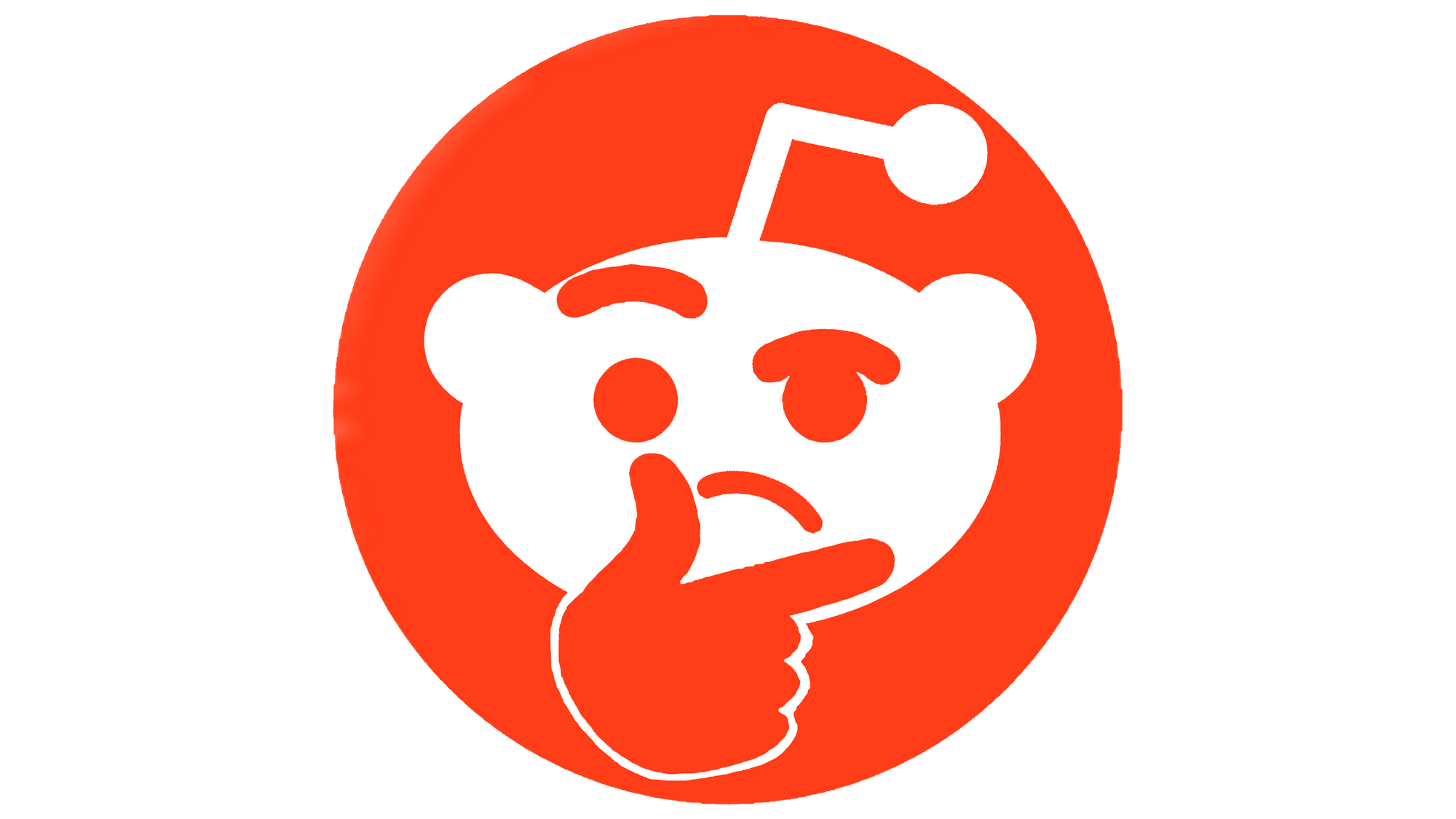
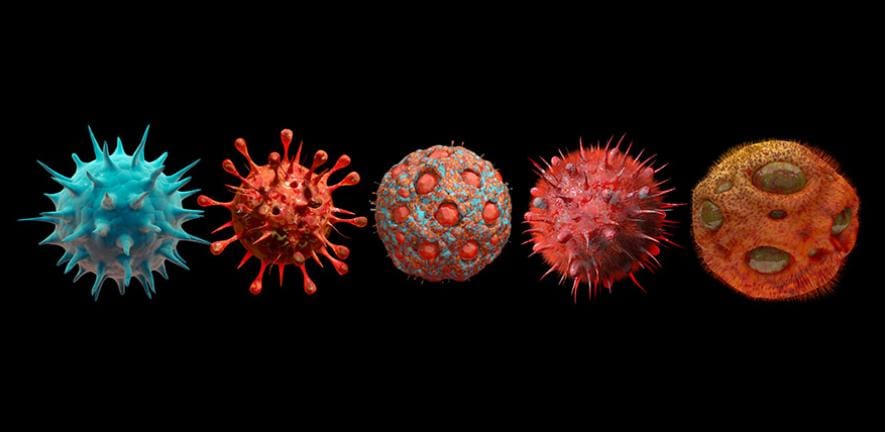

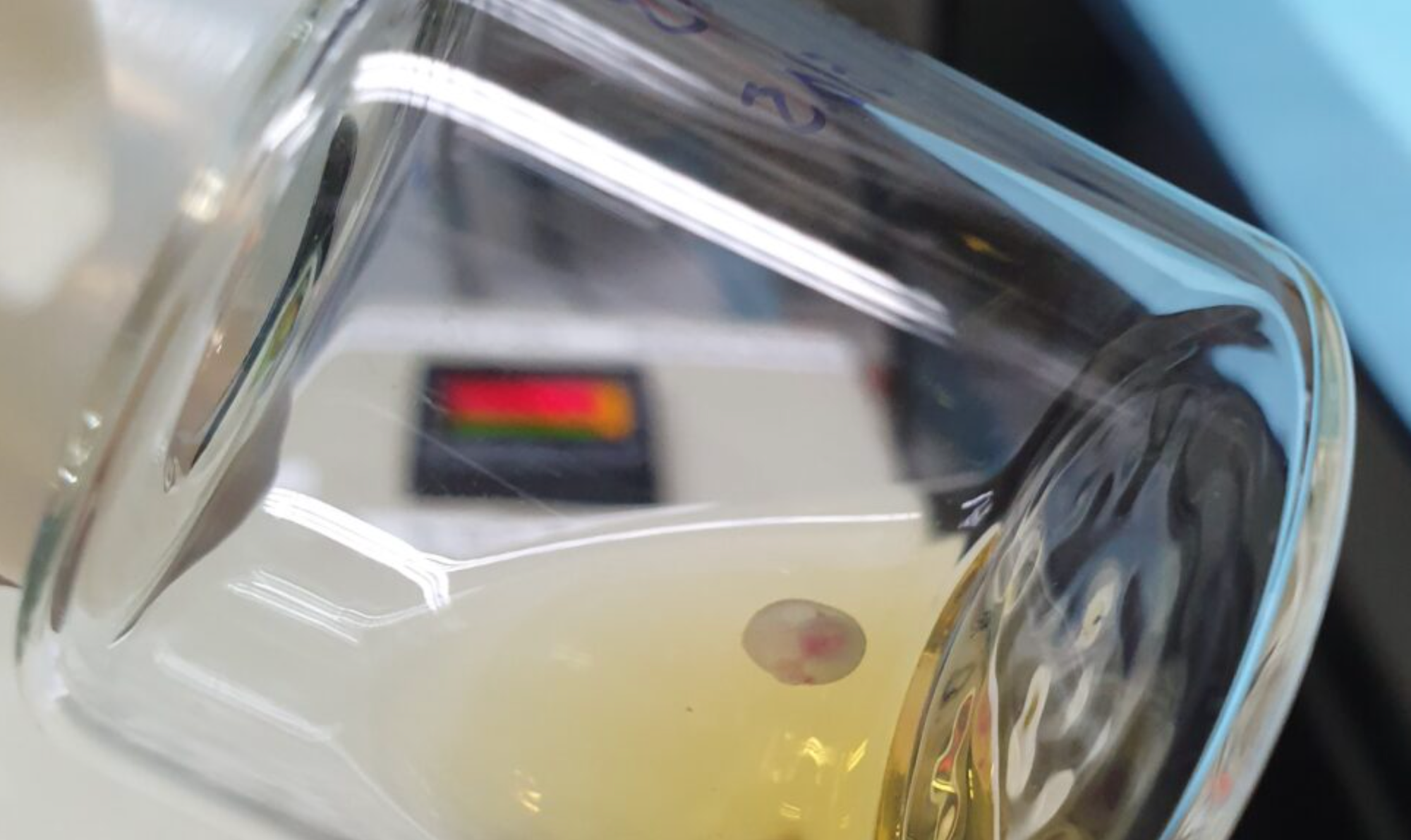
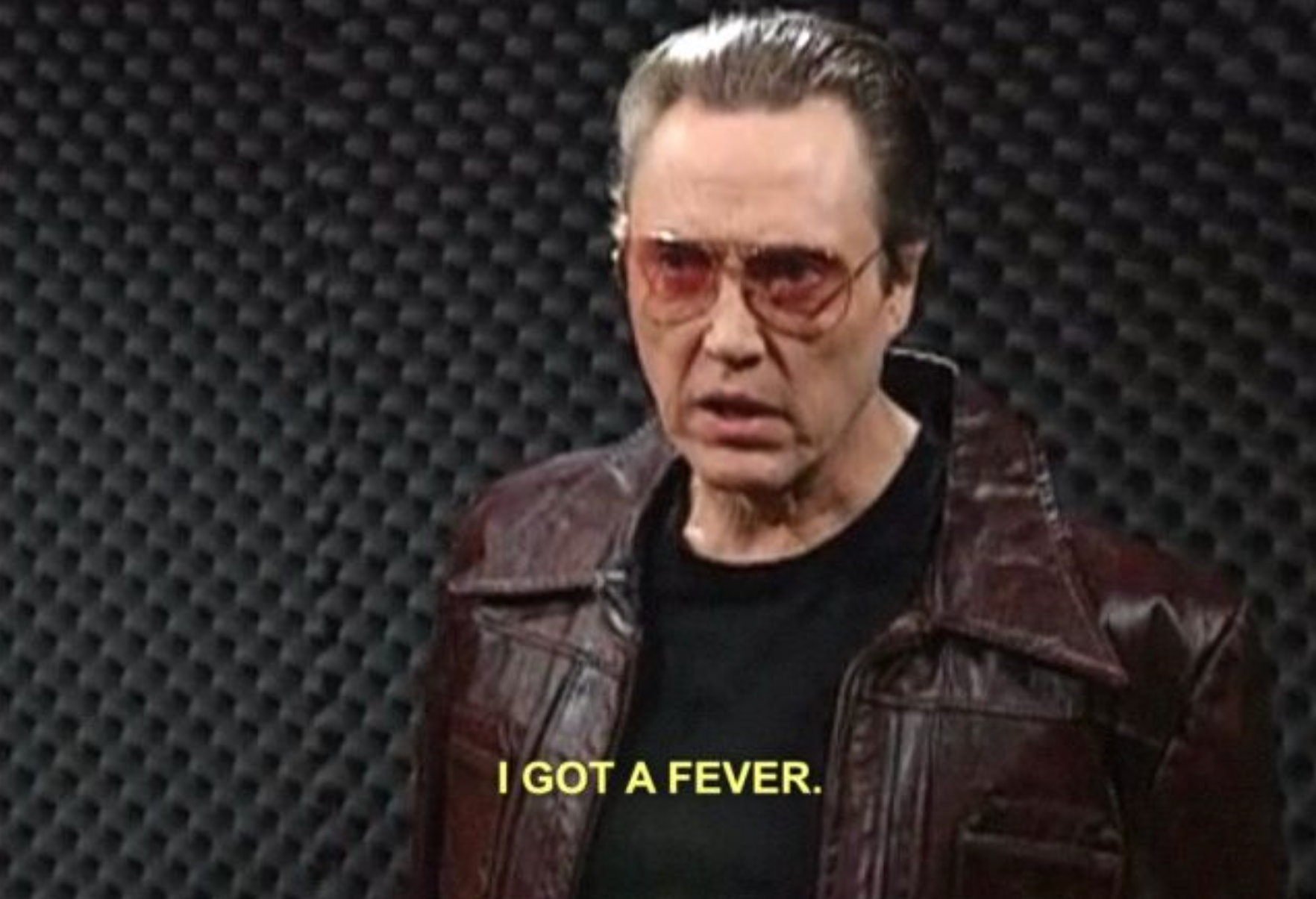

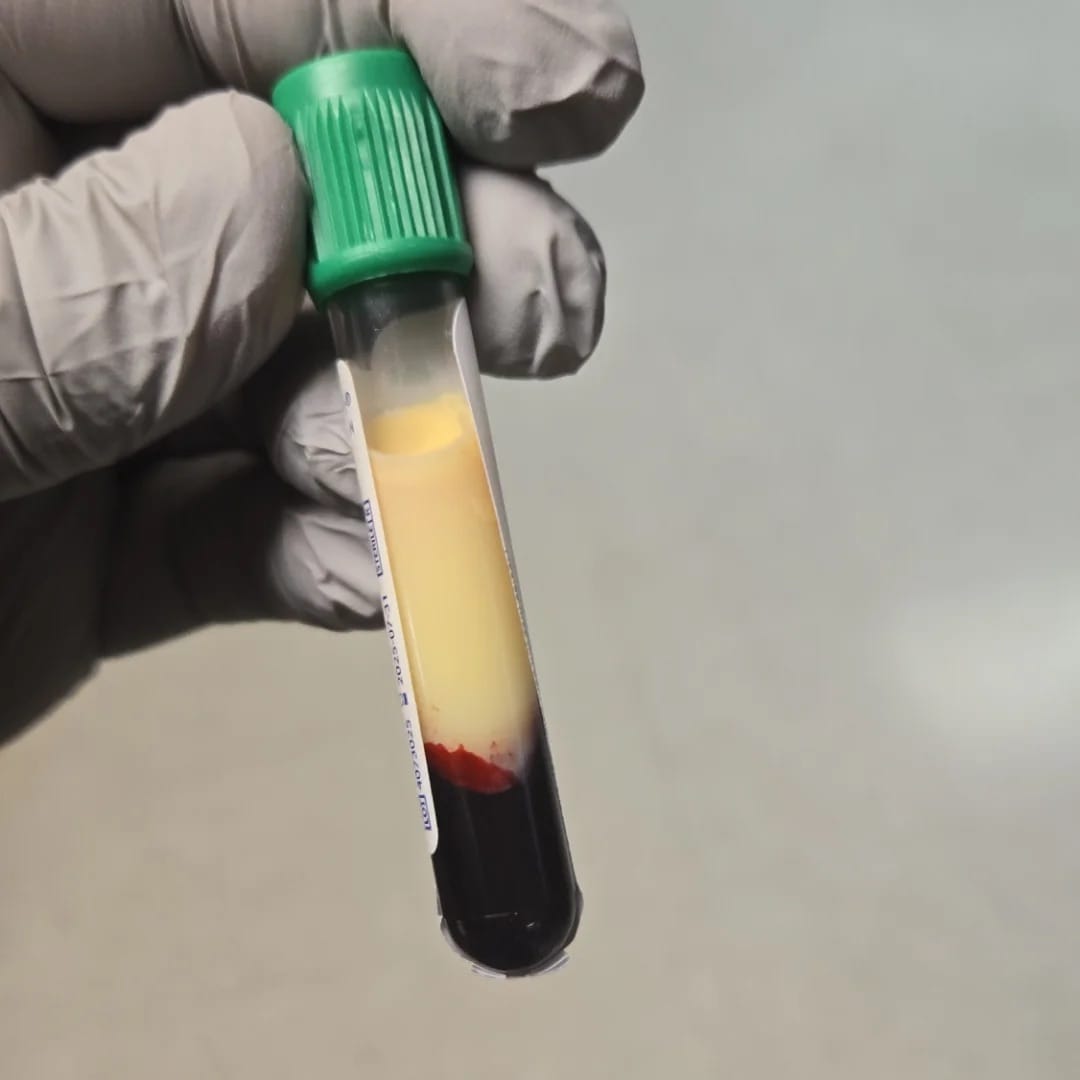
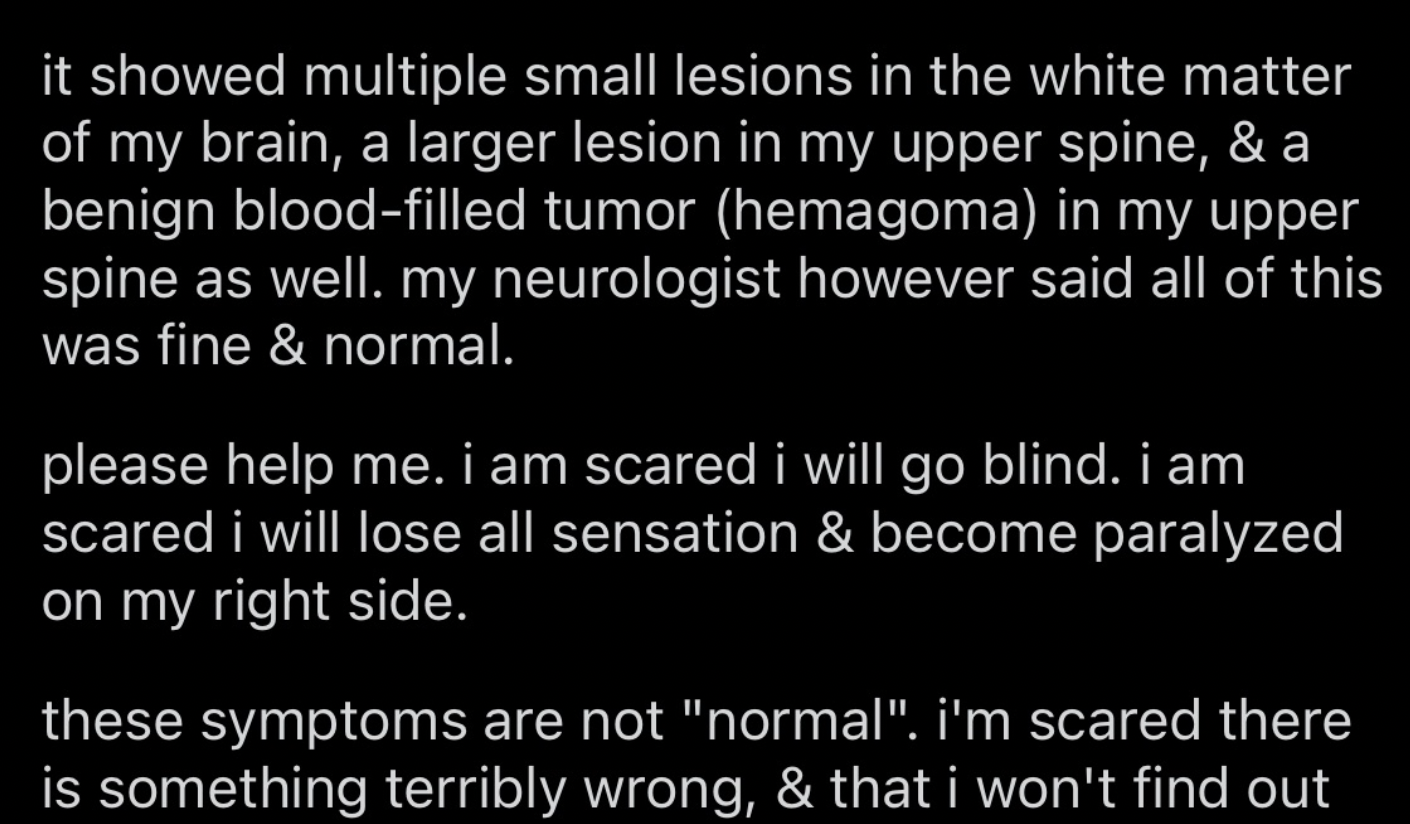
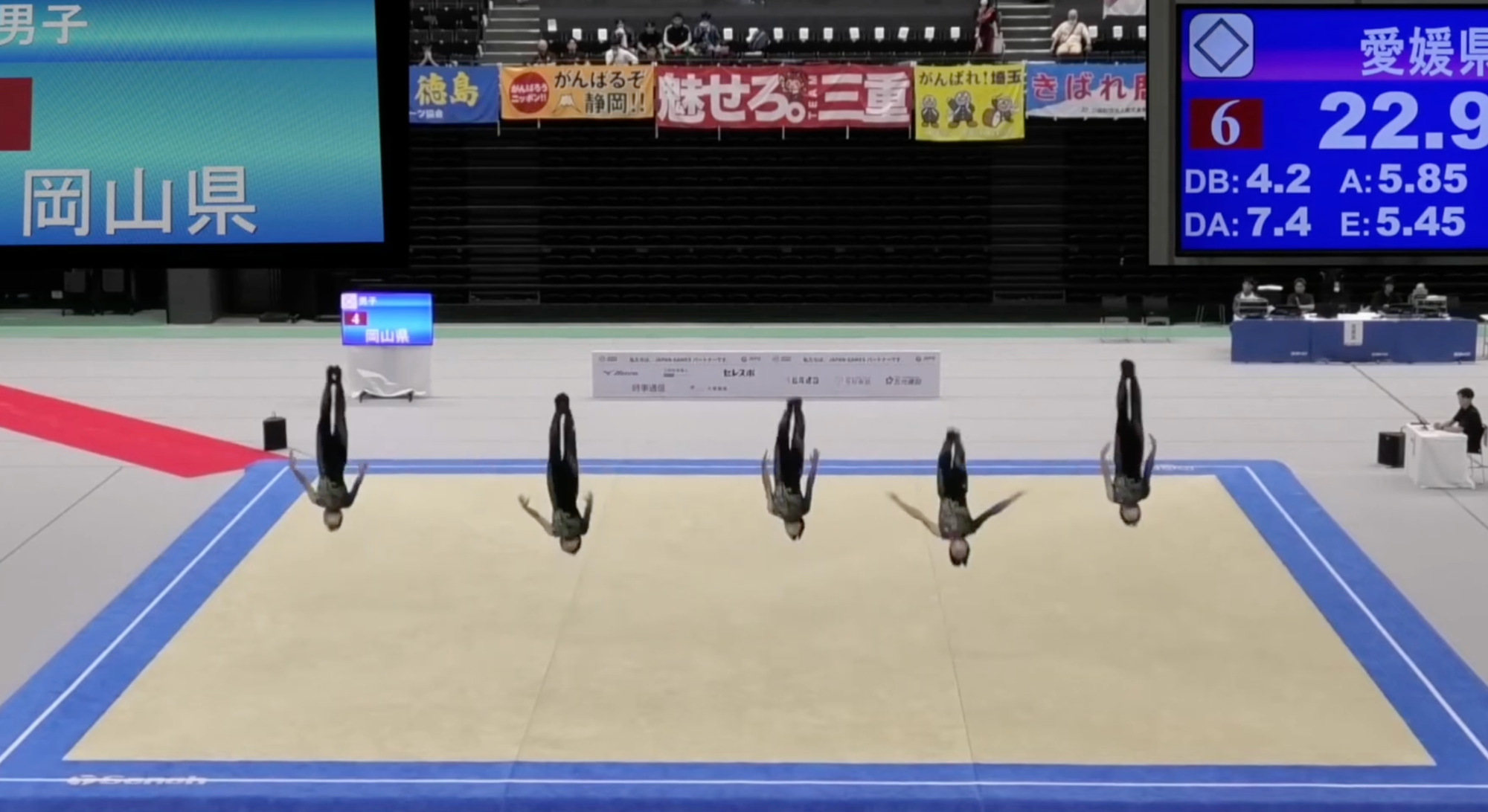

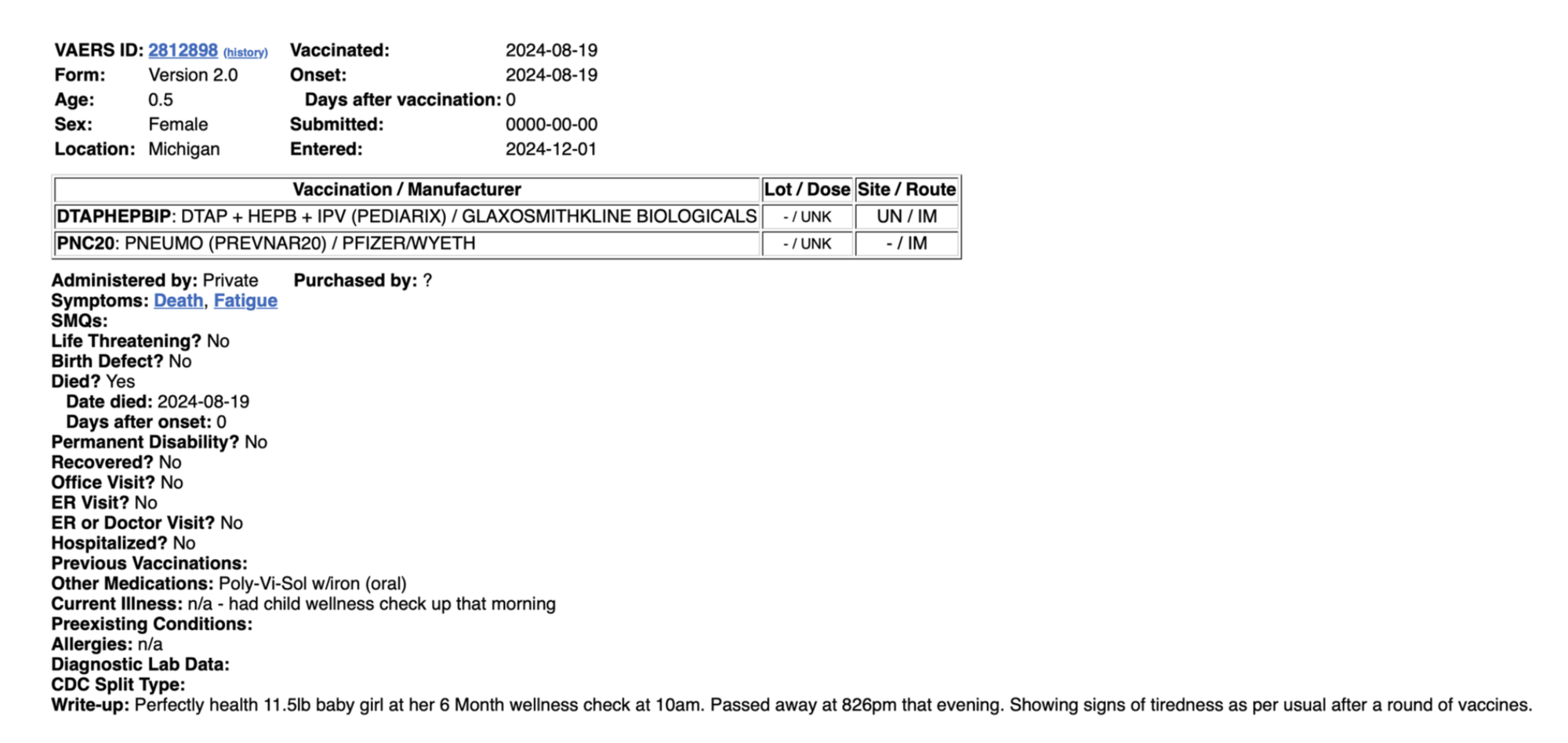
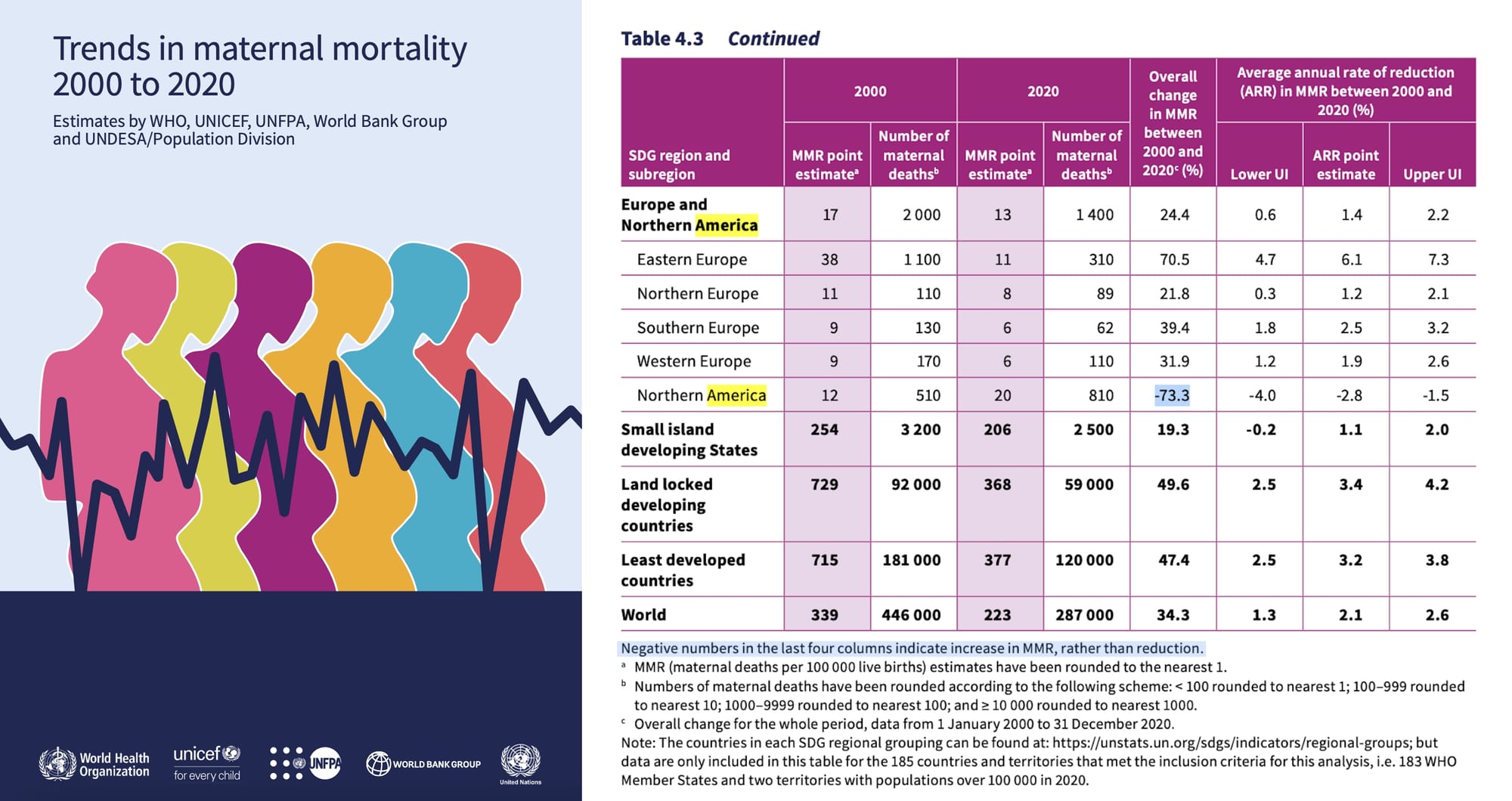
Discussion